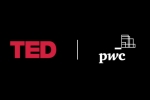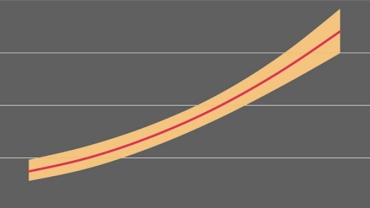
An analysis of data from PwC’s 27th Annual CEO Survey suggests that senior executives may have an untapped transformation catalyst at their disposal: a positive association between profit margin and reinvention moves such as initiating strategic partnerships and developing proprietary technologies. That association, visualised in the chart above, holds true not only for the seven individual actions shown, but also when those actions are analysed in aggregate.
These kinds of moves are essential for any C-suite playbook. Indeed, nearly all the CEO Survey respondents—97%—say they’ve taken steps over the past five years to change how their company creates, delivers and captures value. And three in four CEOs say they’ve taken an action that’s had a major impact on their organisation’s business model.
In the face of disruptive megatrends like climate change and technological innovation (such as rapid AI adoption), it’s easy to view these moves as purely reactive. But the association between business model change and profit margin adds up to a powerful argument for a proactive reinvention program. What that program looks like will depend on your industry context, competitive landscape, and existing operating and tech models. But three principles should underpin it:
Nimble resource reallocation. In the survey, higher levels of annual resource reallocation—from portfolio renewal to smaller project-level decisions—were associated with both greater levels of reinvention and higher profit margins. That represents a potential missed opportunity for the nearly two-thirds of CEOs who reported reallocating only 20% or less of resources from year to year.
Embracing business ecosystems. PwC research shows that companies participating in ecosystems are 1.7 times as likely as other companies to be faster to market than peers and 2.3 times as likely to be highly innovative. Don’t underestimate the value of looking beyond your company’s walls, and across industry boundaries, to create value.
Empowering the workforce for reinvention. It’s critical to build alignment between leaders and employees around priorities for change. Start by identifying gaps between the views of leaders and workers. (Case in point: 84% of CEOs believe generative AI will increase efficiency in their employees’ time at work in the coming year, whereas only 31% of workers responding to a separate PwC workforce survey expected generative AI to increase their productivity and efficiency at work in the next five years.) Building trust starts with transparency, and inviting employees to play an active role in reinvention.
Deciding on the right reinvention moves will require strong leadership effectiveness—and a management team empowered with a sense of ownership over the change. The link between reinvention and profitability should encourage and bolster both.
Data analysis by Shir Dekel
Contact us






















